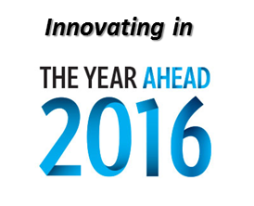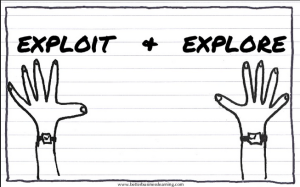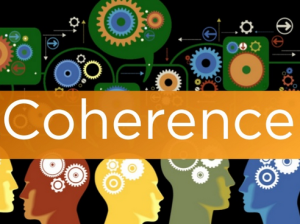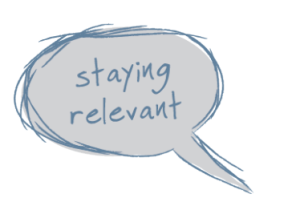 Are we entering 2016 with an innovating mind-set? We need too, so as to seize the growth that is going to be tougher to find.
Are we entering 2016 with an innovating mind-set? We need too, so as to seize the growth that is going to be tougher to find.
As we look to enter into 2016 what is top of mind for innovation to take hold and become the real core within our business organizations?
Some of my quick thoughts or repeating mantras, no apologies here:
• Innovation is not the preserve of the (selected) few but the domain of the community, it is encouraging our connections to actually connect and exchange mutual value and knowledge.
• Moving innovation from just being symbolic to essential. We must stop dipping our toes in the water, we need to just jump in and get wet. We need to get everyone involved and wanting to contribute engaged and excited on where innovation can really take us
Continue reading “Moving innovation even more in 2016”








